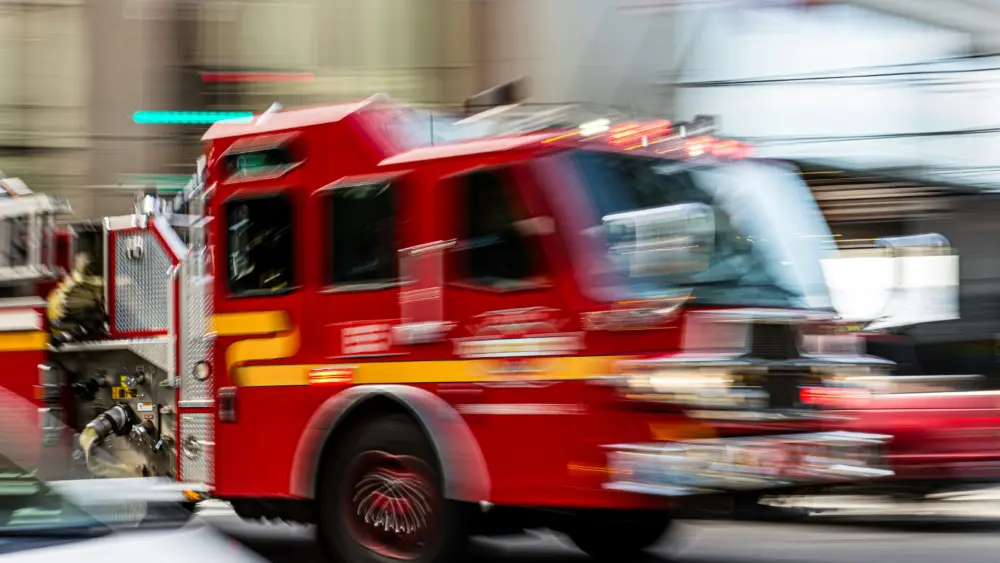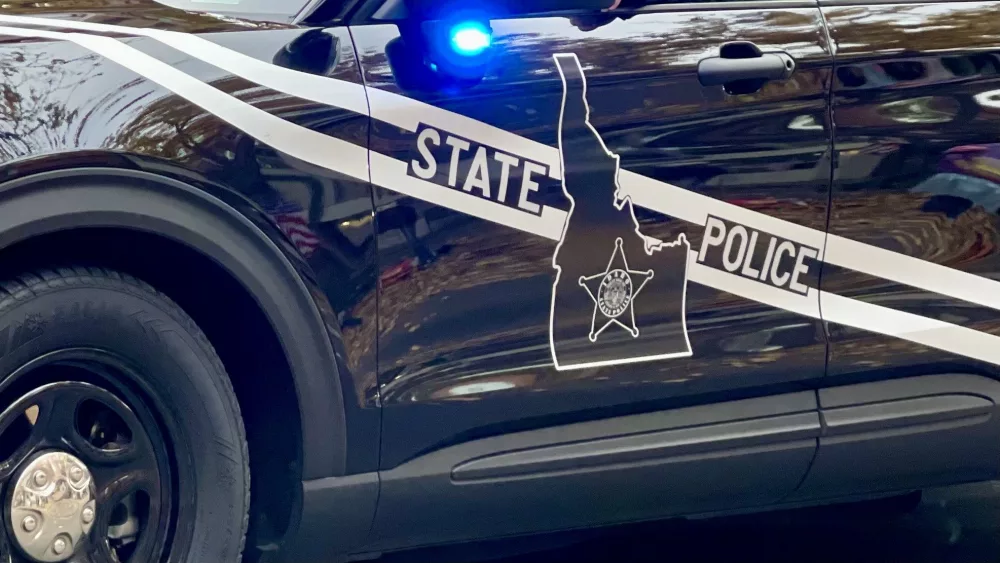Summer is here and many anglers are getting on the water and hoping to catch the big one that doesn’t get away. Big fish are milestones for anglers and long-lasting memories that will be retold for years.
While it’s not unheard of to luck into a trophy-sized fish, you can improve your chances considerably by targeting those lunkers and adapting your fishing tactics to increase your odds of catching one. Make no mistake, it’s a challenge, but it’s a worthy challenge, and Idaho provides many opportunities to catch trophy fish, including world-record-class fish. Lake Cascade and Lake Pend Oreille have both produced world records, and numerous other waters around the state have produced multiple state records.
Here are some tips to keep in mind when targeting trophy fish.
Sounds obvious, but there’s more to it. Fish need several things to grow big, including ample food, security from predators, and good growing conditions. With the rare exception, that probably doesn’t mean your local pond. Be prepared to fish larger bodies of water, such as large reservoirs, natural lakes, and big rivers. Certain waters have a reputation for producing big fish. Look at the Idaho State Records webpage to see some of those places, and remember there are many others.
Go low
Not water depths, but lower elevations, which have longer growing seasons. Mountain lakes are beautiful, and some can produce large fish, such as Henrys Lake, but you’re more likely to find larger fish at lower elevations. When fish have a longer growing season and lots of food, they have a much better chance to grow big. Unfortunately, water conditions can be challenging in some waters during the heat of summer when they get warm and water levels are lower. But you can still fish larger bodies of water and adapt to summer conditions, or wait until fall when they cool down and fish become more active.
Know your quarry
Pick a specific species you’re interested in, then pick a waterbody where they live and study their habits. Use Fish and Game’s Fishing Planner where you can filter different waters by species. Anyone can get lucky occasionally, but anglers who target trophy-sized fish know their habits, prey, feeding patterns, and likely hangouts. Remember big fish typically act differently than smaller fish, and savvy anglers will learn those habits and use them to their advantage.
Use big bait, and that means lures, too
It’s a simple fact that big fish need more calories, and they’re going to go after bigger food, which is often smaller fish. You may end up trolling a lure the size of some of the fish you normally catch. That’s what the big ones are looking for. Consider upsizing your tackle to handle bigger baits and fish. Species like sturgeon, catfish, salmon, and lake trout require stout rods and heavier line, so be prepared.
There’s an art to finding big fish with a fish finder, so do your homework by reading up on how fish finders work, or watch a video. You’re not always trying to spot large fish; you’re trying to spot where large fish are likely to hang out — which is typically around underwater structures, such as points, dropoffs, depressions, river channels, etc.
If you don’t have a fish finder, check online for bathymetric maps of Idaho’s large lakes and reservoirs, which show the bottom contours and will help you find likely fishing spots. Smartphone apps also offer lake mapping options at affordable prices that can be helpful on the water, but also at home while scouting for new spots.
Know when big fish are most active
That can be seasonal or time of day. For instance, knowing when bass and panfish spawn and targeting them at that time will boost your chances of landing large fish. They will often be in shallower water and possibly congregated in schools. All fish tend to be more active early and late in the day, but that can be especially true for larger fish that will make a rare appearance in shallower water to feed before returning to the depths to spend the day. Also, know how to spot their favorite prey because big fish will often be nearby.
Here’s some trivia for you. The Idaho state record exceeds 20 pounds for 10 of Idaho’s game fish – and more if you include subspecies. Species like salmon, steelhead, sturgeon, catfish, trout, and others can grow to epic sizes. And there’s a much longer list of fish that reach the 10-pound range. Find that sweet spot of fish species that grow large and seek out bodies of water that allow them to reach their full potential.
This applies mostly to river anglers, but invest in a good pair of polarized fishing glasses and do your best osprey imitation. Look closely at a section of the river (possibly even get above it on a bluff or steep bank for a better view) and carefully study the water. Big fish are easier to spot than smaller fish, and if you know where a big fish is located, you can stalk that fish to get your bait, lure or fly in front of it. Sight fishing for large fish takes skill and patience, but it’s one of the most exciting ways to catch them.
Don’t overlook carp
You want big fish, right? If you’re not hung up on eating them, carp are an excellent opportunity to hook a large, hard-fighting fish. They are commonly 10 pounds and up, and they’re found throughout the state in all types of water, including ponds. They can often be sight-fished in rivers and reservoirs that are relatively clear and have shallow flats. These fish can be hard to catch but are a renowned sportfish in many other countries. Doing a little homework on the right baits and techniques will pay off. Carp also stay active throughout the warm summer months, which is a bonus.
Be ready for the challenge
You probably won’t catch your limit of trophy-sized fish. Compared to typical fish, they are extremely rare, and they got that big through a combination of being smart and/or lucky at avoiding predators, including anglers. You’re hunting a certain fish, not just hoping for anything that bites, which takes skill, patience, and persistence. But when you land a big one, you will both be hooked on the thrill of catching trophy fish.




